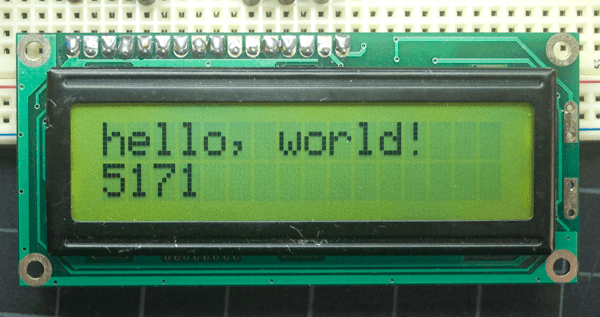Display modules play a crucial role in determining the performance and user experience of electronic devices. Whether it’s a smartphone, tablet, or industrial equipment, the quality of the display module can significantly impact the overall functionality and appeal of the device. This article explores how display modules can be optimized to maximize performance and enhance user satisfaction.
Understanding Display Modules
LCD display module are complete units that integrate an LCD or OLED screen with supporting components such as backlighting, touch panels, and control circuitry. These modules are designed to be easily integrated into devices, providing a visual interface for users.
Factors Affecting Performance
Several factors can affect the performance of display modules, including:
- Resolution: Higher resolution displays offer sharper images and text, providing a better user experience.
- Brightness: Brighter displays are easier to read in bright sunlight or low-light conditions.
- Color Accuracy: Displays with accurate color reproduction provide more realistic images and videos.
- Refresh Rate: A higher refresh rate results in smoother motion and reduces motion blur in fast-moving images.
- Response Time: Faster response times reduce ghosting and blurring in fast-paced content, such as games or videos.
Tips for Maximizing Performance
- Choose the Right Display Module: Select a display module that meets your device’s requirements in terms of resolution, brightness, and color accuracy.
- Optimize Display Settings: Adjust the display settings, such as brightness and color temperature, to suit the viewing environment and user preferences.
- Use High-Quality Components: Use high-quality components, such as backlighting and touch panels, to ensure optimal performance and longevity.
- Update Display Drivers: Regularly update display drivers to ensure compatibility with the latest software and to take advantage of any performance improvements.
- Implement Power-Saving Features: Use power-saving features, such as automatic brightness adjustment and display sleep mode, to extend battery life and reduce energy consumption.
Applications of Display Modules
Display modules are used in a wide range of applications, including:
- Consumer Electronics: Smartphones, tablets, laptops, and televisions.
- Industrial Equipment: Control panels, testing instruments, and automation systems.
- Automotive Displays: In-dash displays, navigation systems, and rear-seat entertainment systems.
- Medical Devices: Patient monitors, diagnostic equipment, and medical imaging displays.
Conclusion
Display modules play a critical role in the performance and user experience of electronic devices. By understanding the factors that affect display performance and implementing optimization techniques, manufacturers can maximize the performance of their devices and enhance user satisfaction. As display technology continues to evolve, display modules are expected to become even more advanced, offering higher resolution, better color accuracy, and improved energy efficiency.










